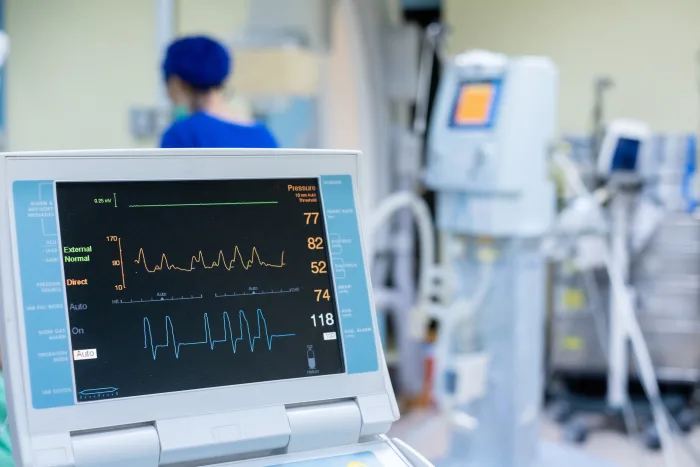Best Practices for Proper Medical Equipment Setup

Properly installing and setting up medical equipment is vital to create a safe, ethical medical practice. Devices and equipment provide scans and administer medication, but the equipment cannot perform if it is not set up properly. Here is a look at some best practices facilities can uphold.
Consider the Location
The location of medical equipment and devices will aid in overall functionality and mechanical alignment. It’s ideal for facilities to have large devices delivered directly to their permanent location so there is an immediate implementation of all electrical components. Additionally, a piece of equipment’s location will impact how a care provider attends to and assists a patient, so it’s ideal to have these locations well-mapped out before the delivery date.
Ensuring Fundamental Functions
A significant factor in equipment location is ensuring its functions are accessible and easily manageable for the appropriate users. Upon proper assembly of any equipment or device, perform a functionality test and provide training to staff. Should any problems arise during these tests, users can learn about troubleshooting and how to handle potential issues.
Parts and Assembly Verifications
One of the best practices for proper medical equipment setup is ensuring comprehensive parts and assembly verification. These parts directly impact a piece of equipment’s ability to function and serve its intended purpose. Things like missing or damaged parts and misaligned assembly components will hinder production or progress with equipment.
Ultimately, patients will suffer due to a lack of assembly and parts verification. These steps may feel redundant after performing a functionality test, but these additional layers of focused insight on parts and assembly can make or break a facility’s ability to replace or repair the issues with financial ease.
Adhere to the Manufacturer’s Instructions
The manufacturer may set forth a series of guidelines for best uses or assembly instructions regarding the equipment’s ability to perform optimally. Organizations must adhere to these instructions and maintain overall integrity with the specifications. When a machine malfunctions after following the manufacturer’s instructions, the issues will be the manufacturer’s responsibility. But when these guidelines are bent, misconstrued, or misinterpreted, a manufacturer is less likely to assist an organization in resolving the problem.
Partnering with Med One Group for your facility’s medical equipment needs and services can help you streamline these processes and maintain overall device integrity. Connect with us today to learn more about our high-quality inventory.
